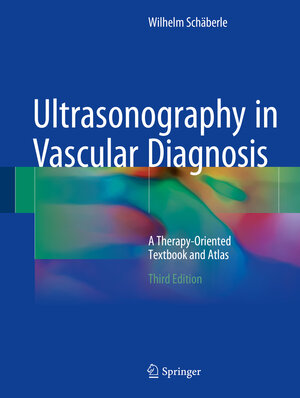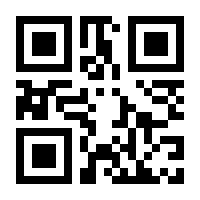
×
![Buchcover ISBN 9783319649979]()
“This is an extremely useful and nearly exhaustive reference for the use of ultrasound in diagnosing and monitoring vascular disease. The third English-language edition provides necessary updates to clinical guidelines since the previous edition was published in 2010. It is perhaps of greatest utility to those who interpret and generate clinical decisions based on ultrasound findings.” (Katherine Hekman, Doody's Book Reviews, April, 2019)
Ultrasonography in Vascular Diagnosis
A Therapy-Oriented Textbook and Atlas
von Wilhelm Schäberle, übersetzt von Bettina HerwigThis book, now in its revised and updated third edition, is designed to meet the needs of both novice and experienced sonographers by offering a superbly illustrated, wide-ranging account of the use of ultrasonography in the diagnosis of vascular diseases. Each of the main chapters is subdivided into text and atlas sections. The text part documents the relevant ultrasound anatomy, explains the examination procedure, specifies the indications for diagnostic ultrasound, describes normal and pathological findings, and considers the clinical impact of the examination. The atlas part presents a rich compilation of case material illustrating the typical ultrasound findings for both common vascular diseases and rarer conditions that are nevertheless significant for the vascular surgeon and angiologist. The new edition places special emphasis on the role of hemodynamics in clinical symptomatology, and the use of spectral analysis techniques is fully explained. Particular attention is also drawn to the sources of potential discrepancies between investigative methods, including different ultrasound studies, the role of contrast-enhanced studies, and the therapeutic consequences of pathological findings. Helpful algorithms are included to illustrate how targeted ultrasound diagnosis often permits therapeutic planning without the need for further imaging techniques.



